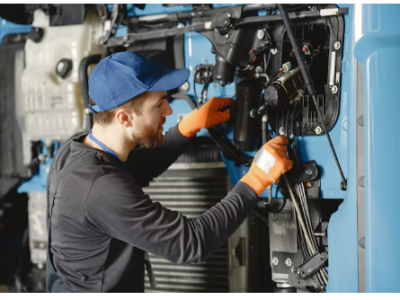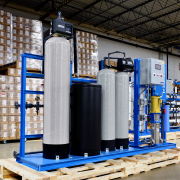Transformers are the silent workhorses of our power systems. They quietly manage voltage levels and ensure electricity reaches homes and industries without interruption. However, like any mechanical and electrical equipment, they require proper care. Implementing the right strategies for transformer equipment maintenance can greatly extend their lifespan and optimize efficiency. Even small, consistent actions can prevent costly breakdowns and unplanned downtime.
Routine Inspection Practices for Transformer Equipment
Routine inspections form the backbone of transformer equipment maintenance. They involve visually checking for oil leaks, corrosion, or unusual sounds. Inspecting bushings, gaskets, and cooling systems can reveal issues before they escalate. Regular inspections also include thermal imaging to detect hot spots that might indicate internal problems. Staying proactive with these inspections ensures that transformers operate reliably while reducing the risk of sudden failures.
Oil Analysis Techniques in Transformer Equipment Maintenance
Oil plays a critical role in transformer cooling and insulation. Analyzing the oil periodically is a key part of transformer equipment maintenance. Tests like dissolved gas analysis (DGA) help detect electrical faults inside the transformer early. Moisture content and acidity levels in the oil are also monitored to prevent insulation breakdown. Maintaining the quality of transformer oil not only enhances efficiency but also significantly extends the equipment’s lifespan.
Cooling System Care for Efficient Transformer Operation
Cooling systems are essential to prevent overheating and reduce thermal stress. Proper care of radiators, fans, and pumps ensures that transformers maintain stable temperatures. Transformer equipment maintenance often includes cleaning heat exchangers and replacing worn-out components. A well-maintained cooling system avoids overheating, keeps performance steady, and prevents the insulation from deteriorating too quickly.
Electrical Testing in Transformer Equipment Maintenance
Electrical testing is another vital step in transformer equipment maintenance. Tests like insulation resistance measurement, turns ratio checks, and sweep frequency response analysis help identify potential problems early. These procedures detect internal faults and degradation that are not visible externally. Regular electrical testing safeguards the transformer’s reliability, ensuring it continues to operate at peak efficiency for years.
Protective Relay and Control System Maintenance
Transformers rely on protective relays and control systems to respond to faults. Maintaining these components is a crucial aspect of transformer equipment maintenance. Calibration, functional testing, and firmware updates help these systems respond accurately during abnormal conditions. Well-maintained protective systems prevent damage to the transformer and associated equipment, ensuring safety and long-term operational efficiency.
Scheduled Shutdowns for Preventive Maintenance
Planned shutdowns allow for in-depth maintenance without the pressure of ongoing operations. During these periods, technicians can perform detailed inspections, replace aging parts, and conduct comprehensive cleaning. Incorporating scheduled shutdowns into transformer equipment maintenance strategies prevents unexpected outages and extends the overall service life of the transformer.
Conclusion
Transformer equipment maintenance is not just a technical requirement—it is a strategic investment. By focusing on routine inspections, oil analysis, cooling system care, electrical testing, protective system maintenance, and scheduled shutdowns, operators can significantly enhance both efficiency and lifespan. Consistent attention to these practices ensures that transformers continue to provide reliable power delivery while avoiding costly repairs.











Comments